Why Budapest Should Be On Your Bucketlist
Budapest wasn’t originally on our radar, but when we finally decided to try a river cruise, it became our launching point. We arrived a couple of days early to explore — and we are so glad we did. This captivating city, rich in history, welcoming locals, and fantastic food, quickly won us over. In this post, we’re sharing the top sights to explore — all easily walkable or accessible by public transportation — to help you make the most of your own visit to Budapest.
A City Across An Iconic River
Budapest is a landlocked city bordered by seven countries, and like Paris, it’s divided into numbered districts — 23 in total. District 1, known as the Castle District, sits on the Buda side of the Danube and is home to many of the city’s historic landmarks. We stayed in District 5, just across the river from the Castle District, which turned out to be an ideal home base. It was centrally located and within easy reach of many of the city’s key sights
Since Budapest was once two separate cities — Buda and Pest — the Danube River divides the city, with several bridges connecting the two sides. Today, there are eight main bridges spanning the river, and all are walkable, offering scenic views and a unique perspective of the city. Each bridge has its own story, but two of the most iconic are Liberty Bridge and Chain Bridge. Liberty Bridge, painted green with Art Nouveau styling, is especially striking and is used by pedestrians and trams.
The Chain Bridge, one of the most photographed landmarks in Budapest, gets its name from its suspension design that resembles a bike chain. Sadly, all the bridges were destroyed by retreating Nazi forces in 1945 during World War II, but each one has since been rebuilt — a testament to the city’s resilience.
The Parliament Building
In a city full of stunning architecture, the Hungarian Parliament Building still manages to steal the show. Completed in 1904, it’s the third-largest parliament building in the world and sits right on the edge of the Danube on the Pest side. The building has nearly 700 rooms and is just as impressive up close as it is from across the river.
Built in a neo-Gothic style, it’s covered in spires, arches, and ornate details — and most of the exterior is made from limestone, which is beautiful but, we learned, requires constant upkeep.
The building was completed just before a tough chapter in Hungary’s history. After World War I, the country lost about 70% of its land and population in the Treaty of Trianon — including its coastline. Today, Hungary is about the size of the US state of Indiana, but the Parliament still reflects a time when the country had much bigger borders — and ambitions to match.
We didn’t go inside, but guided tours are available and give visitors a peek at the lavish interiors, including the grand staircase, the dome hall, and the Hungarian Crown Jewels — which are guarded around the clock. It’s definitely worth adding to your list if you have time. Even just viewing it from the outside, especially lit up at night from the Buda side, is one of the most memorable sights in the city.
Just steps from Parliament, along the riverbank, is one of the most moving memorials in the city — the Shoes on the Danube Bank. Dozens of iron shoes line the edge of the water, honoring the Jews who were executed there during World War II. Victims were ordered to remove their shoes before being shot into the river. It’s a powerful, quiet reminder of the lives lost and the history that still lingers along these streets. The artist created this memorial in 2005 and it respectfully stays un bothered to this day.
Castle Hill
The “castle” isn’t just one building — it’s an entire district known as Castle Hill or the Castle District. Perched above the Danube on the Buda side, this area is packed with historical buildings, cobblestone streets, and sweeping views of the city. Below is the Coronation Church.
Hard to believe but much of Castle Hill is still under restoration. After suffering heavy damage during World War II, the area received little attention during the Communist era, when many of the grand interiors were gutted or repurposed. Today, efforts are underway to restore the district to its original glory, based on historical records and photos.
One of the highlights is the Holy Trinity Monument, built to commemorate those who died in past plagues, and just beyond it stands Matthias Church — also known as the Coronation Church. It’s where Hungarian kings, including Saint Stephen, the country’s first king, were crowned. During the 150 years of Ottoman rule, the church was converted into a mosque, and much of its Christian art was destroyed. Today it is a place of worship, as well as a top tourist destination in the city.
While the original church on this site was built in the 11th century during the reign of King Stephen I, Hungary’s first king, the current structure, however, dates mostly to the 14th century when it was rebuilt in Gothic style under King Matthias Corvinus
In 1896, to mark the 1,000th anniversary of Hungary’s founding, stunning stained glass windows were added. The church was fully renovated about ten years ago, with a meticulous cleaning of its limestone interior — surprisingly we learned from our guide, using fine white bread, a traditional technique that gently lifts grime without damaging delicate surfaces.
One final shot inside this beautiful and historical church.
Fisherman’s Bastion is part of the Castle Hill area on the Buda side of the city. Perched just steps from Matthias Church, it serves today as a decorative lookout offering some of the best panoramic views of the Danube and the Pest side of the city. While it looks like a medieval fortress, it was actually constructed in the late 19th century as part of Castle Hill’s revival and celebration of Hungary’s 1,000th anniversary.
Margaret Island
If you find yourself with some extra time after seeing the main sights, consider a stop on Margaret Island. Located in the northern part of the city, it’s a literal island in the middle of the Danube — a peaceful green escape between Buda and Pest. Most of the island is a beautifully maintained park, with open spaces perfect for walking, biking, or just relaxing.
You’ll find rose gardens, a small zoo, a bird sanctuary, Japanese gardens, and plenty of places to grab a snack or drink. Locals and visitors alike come here to unwind.
Hidden near the northern tip of the island are the ruins of the Dominican Convent. Without doing any research ahead of time, we assumed it was still an active convent when we saw it on the park map — it’s not. These are the remnants of a 13th-century convent where Princess Margaret, the island’s namesake, lived after being dedicated to the church by her royal parents. The ruins are quiet, surrounded by trees, and offer a peaceful window into the island’s medieval past.
At the far tip of the island, after a long walk, we found a lovely little hotel and cafe. It was a great place to stop and rest while enjoying an afternoon beverage. Soon, it was time to head back to the hotel. Tip: In Budapest, the Uber rides are actually taxis so they are super convenient . We called for an Uber to take us back to our hotel, about 4 miles away, and up pulled a fully electric well appointed taxi!
Heroes Square and City Park
If you are still up for an adventure hop on the metro system on the “yellow line,” the oldest metro line in Europe, or find a cab to Heroes Square. It is located in the 14th district just outside of the city center.
This impressive monument honors multiple heroes of war throughout Hungarian history. At the center is a towering column usually topped with the Archangel Gabriel. We found out that it was removed in 2024 and is being restored, to return in 2025. The column is flanked by dramatic statues of the seven chieftains who led the Magyar tribes into the Carpathian Basin in the 9th century — considered the birth of the Hungarian nation.
Behind the column is a curved colonnade with statues of important national leaders, kings, and freedom fighters from Hungary’s long and complex history. It’s a grand and symbolic space, especially striking against a blue sky.
Just behind Heroes’ Square is City Park, Városliget — a huge green space that’s perfect for wandering, especially if you’re ready for a slower pace after sightseeing. The park is home to a lake, playgrounds, cafes, and even a fairytale-like castle Vajdahunyad Castle.
The castle looks medieval but was actually built for the 1896 Millennium Exhibition, we learned. Still, a beautiful place to wander and enjoy on a warm summer Sunday afternoon.
One of the park’s most famous spots is the Széchenyi Thermal Baths, one of the largest spa complexes in Europe. There more than 100 thermal baths in Budapest and about 15 that are public
Although we didn’t go in, we peeked through the entrance and saw plenty of locals and tourists alike enjoying a relaxing soak on a Sunday afternoon. The outdoor pools are open year-round, with water temperatures ranging from about 86°F to 100°F, thanks to natural thermal springs below the city.
A short ride back to the center of Budapest on the “yellow line” and our time in Budapest was coming to an end. But what a fantastic city!
We hope this post has inspired your trip to Budapest, giving you ideas of places to learn and explore in just a few days. Never on our radar, but we are so grateful we found this beautiful and memorable city!



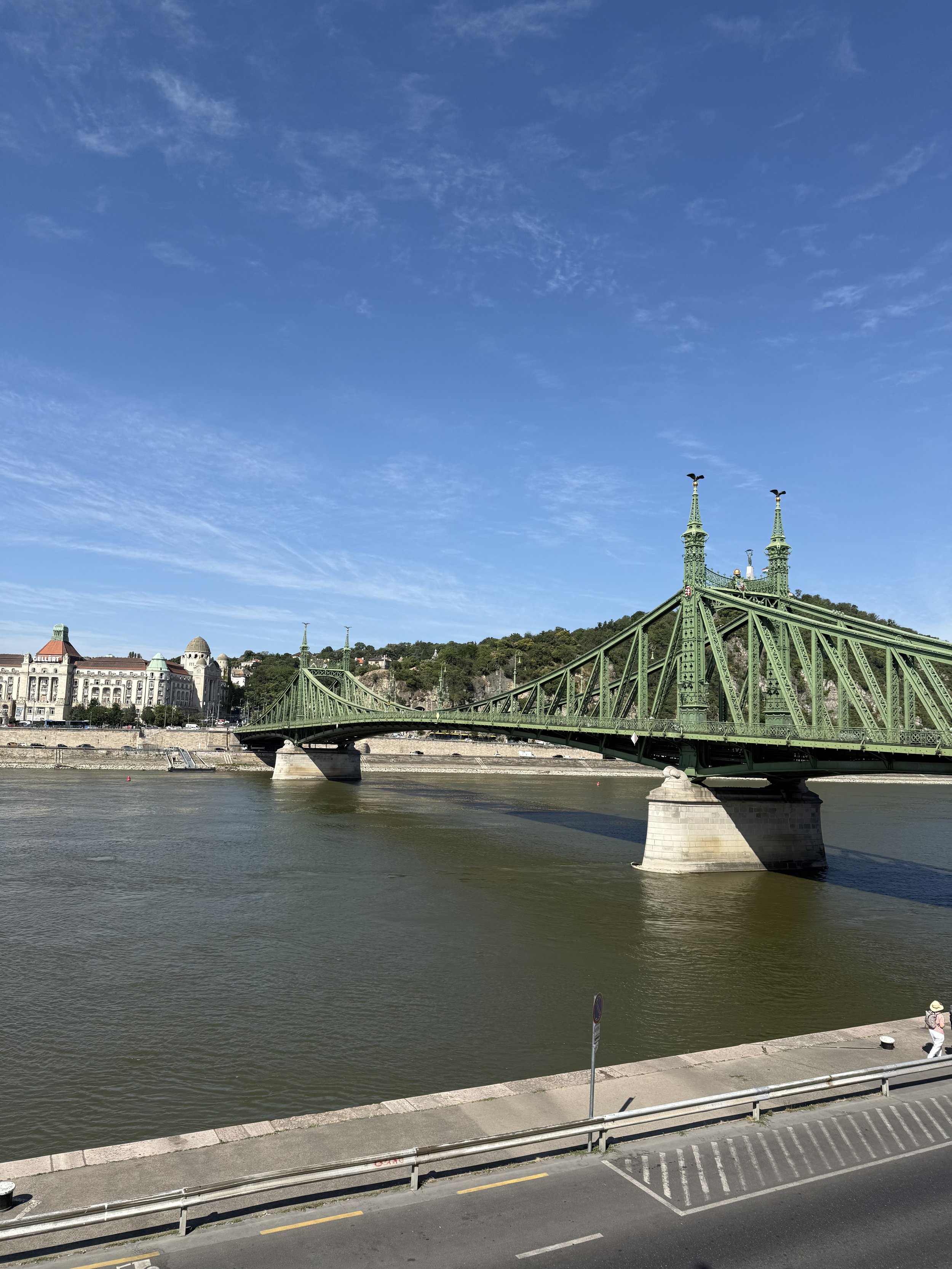








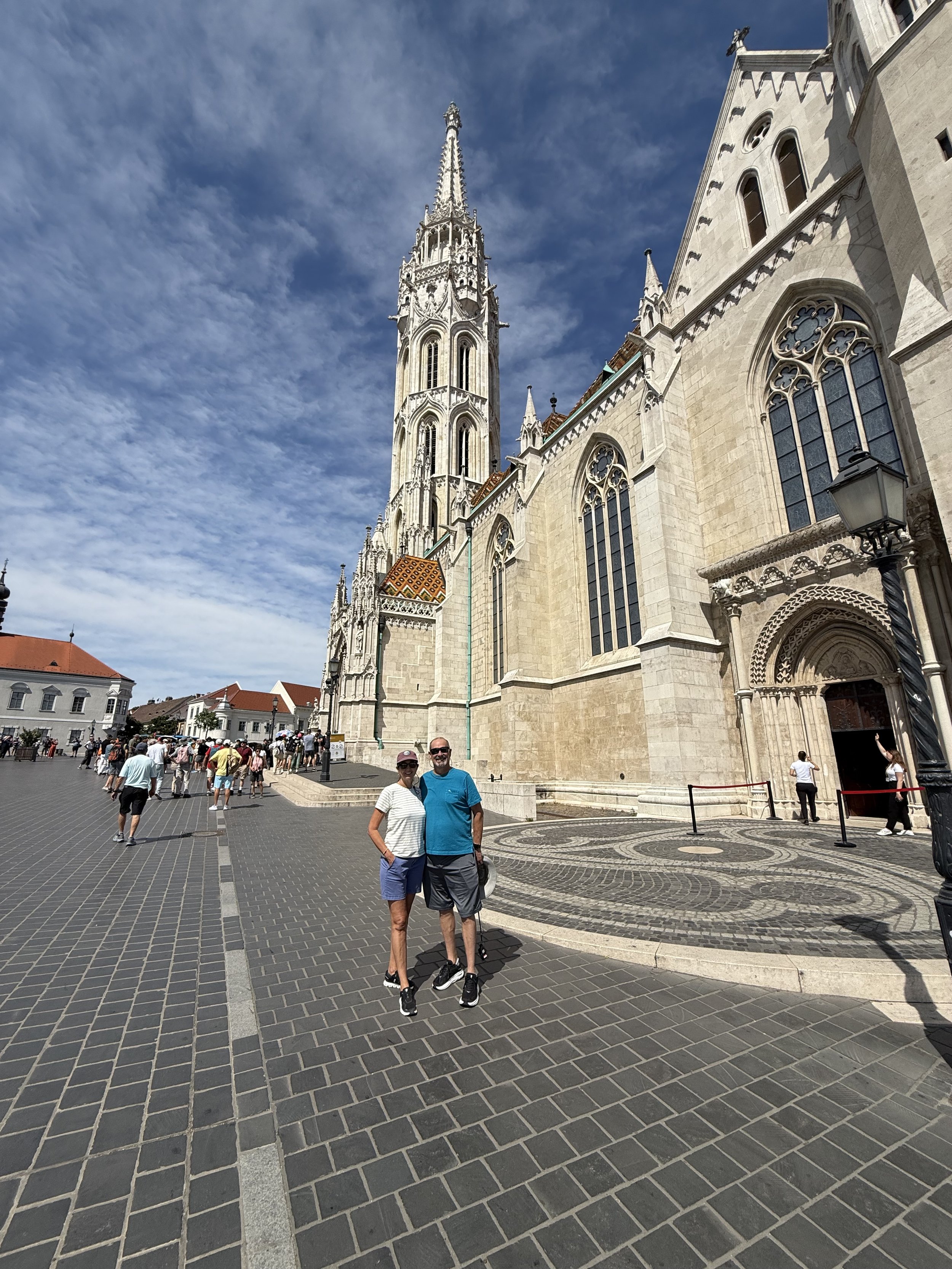






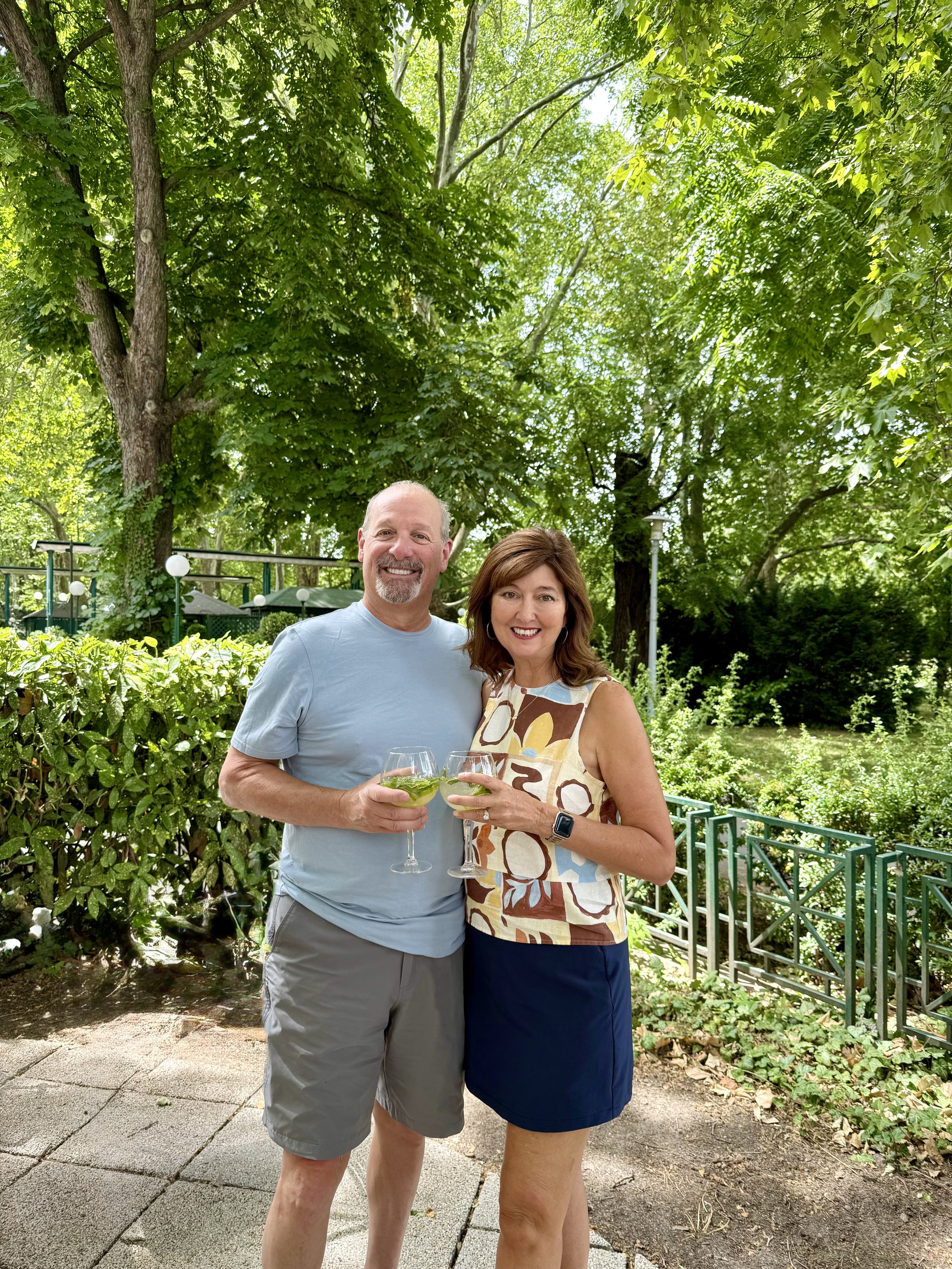








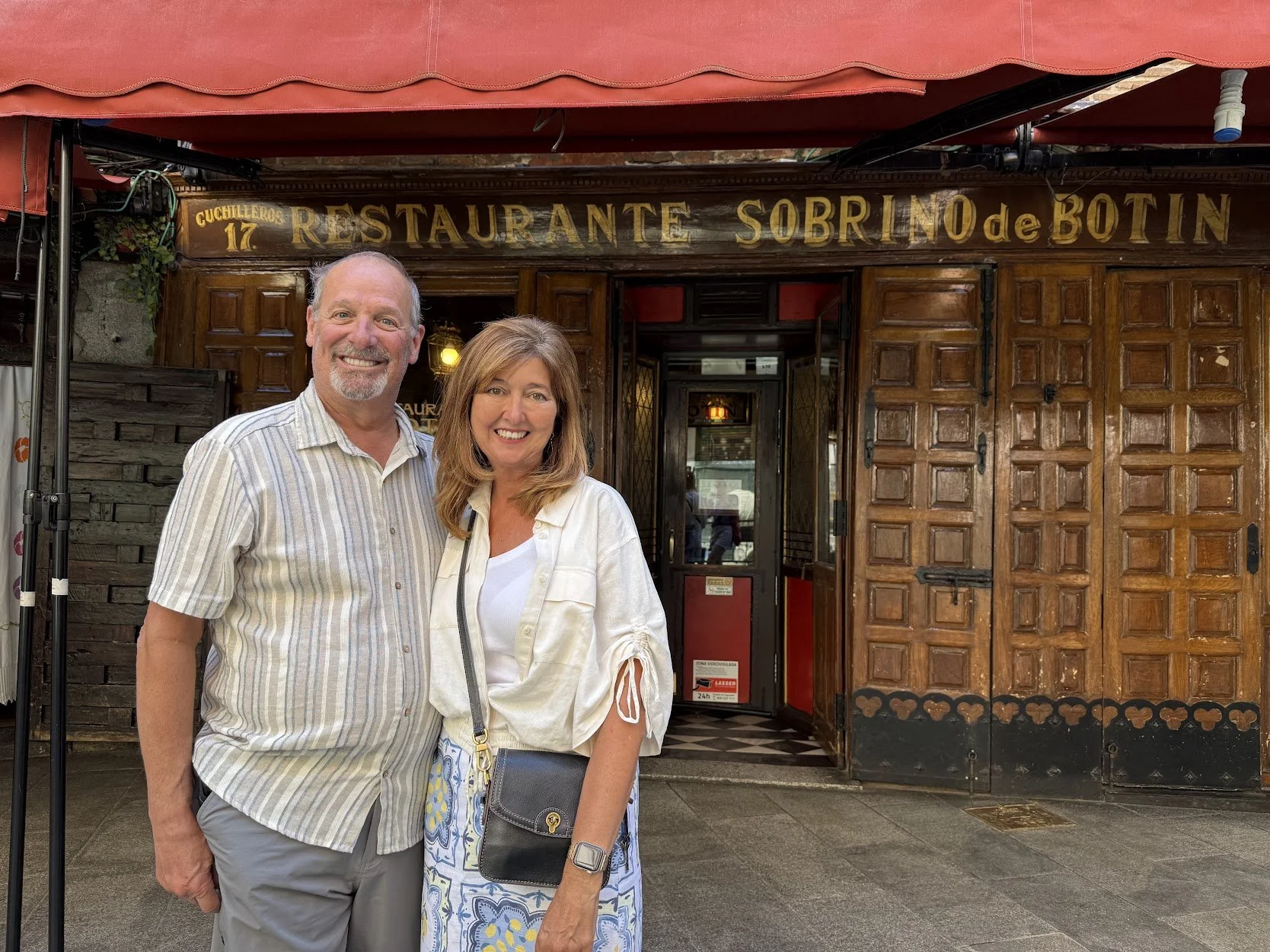
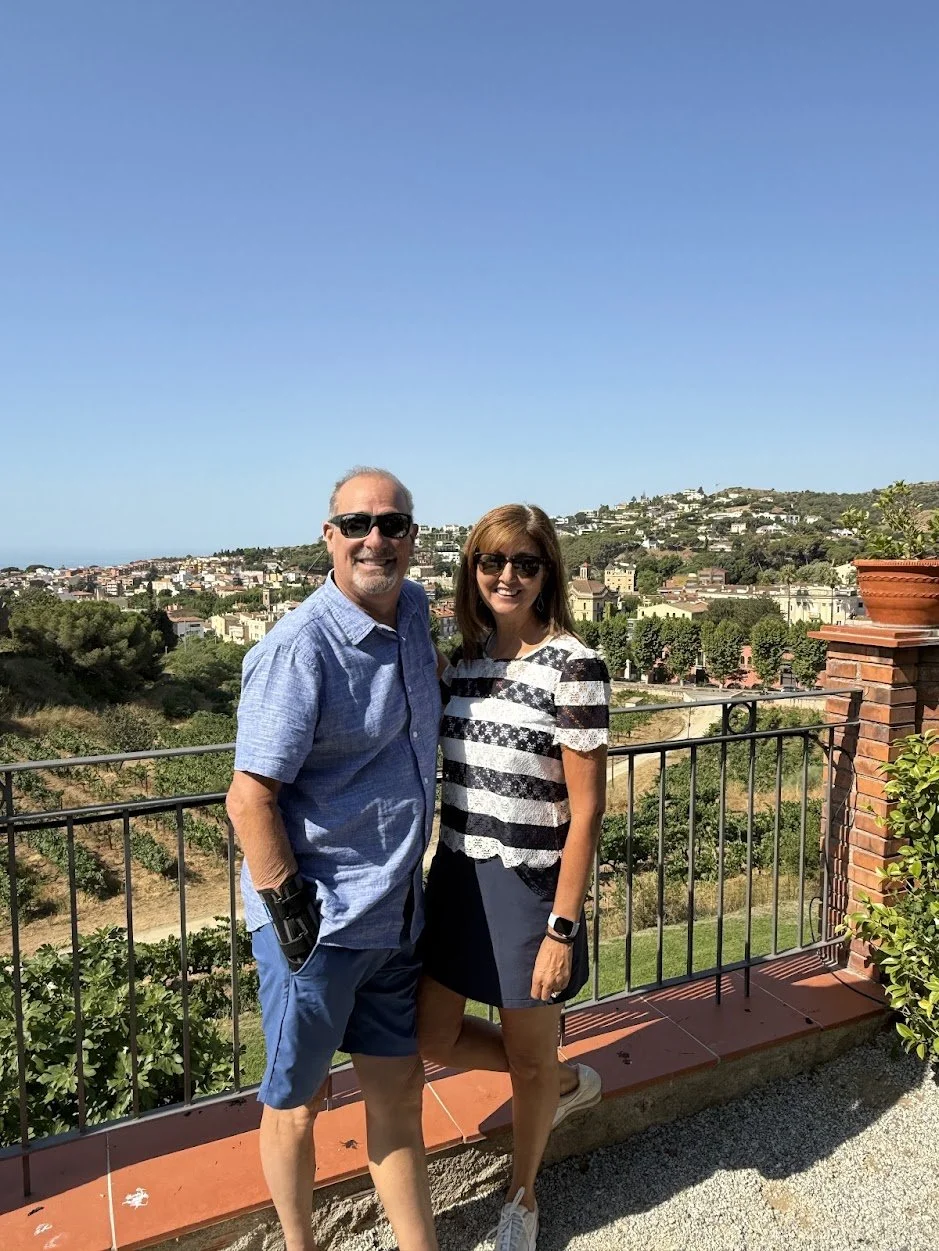

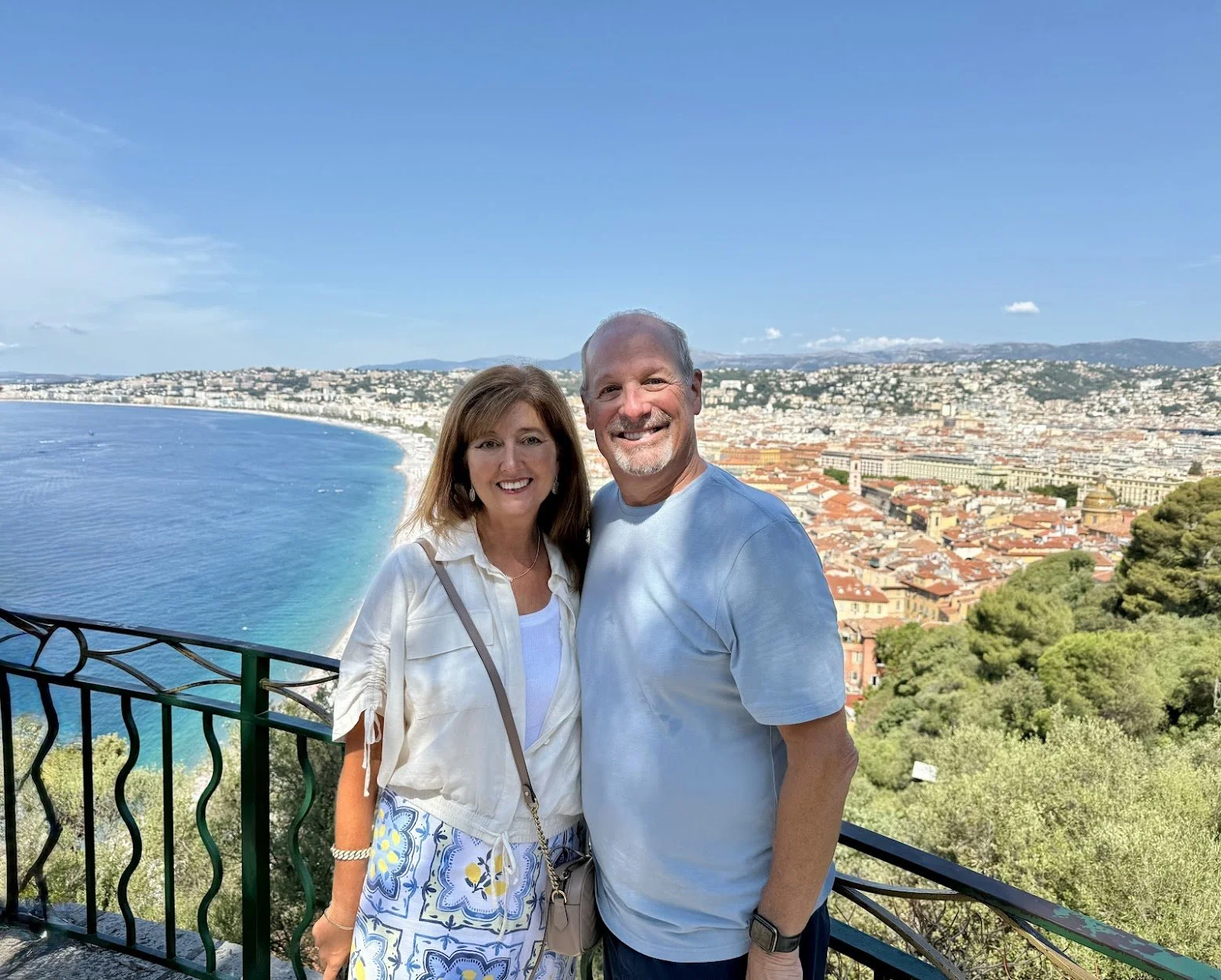
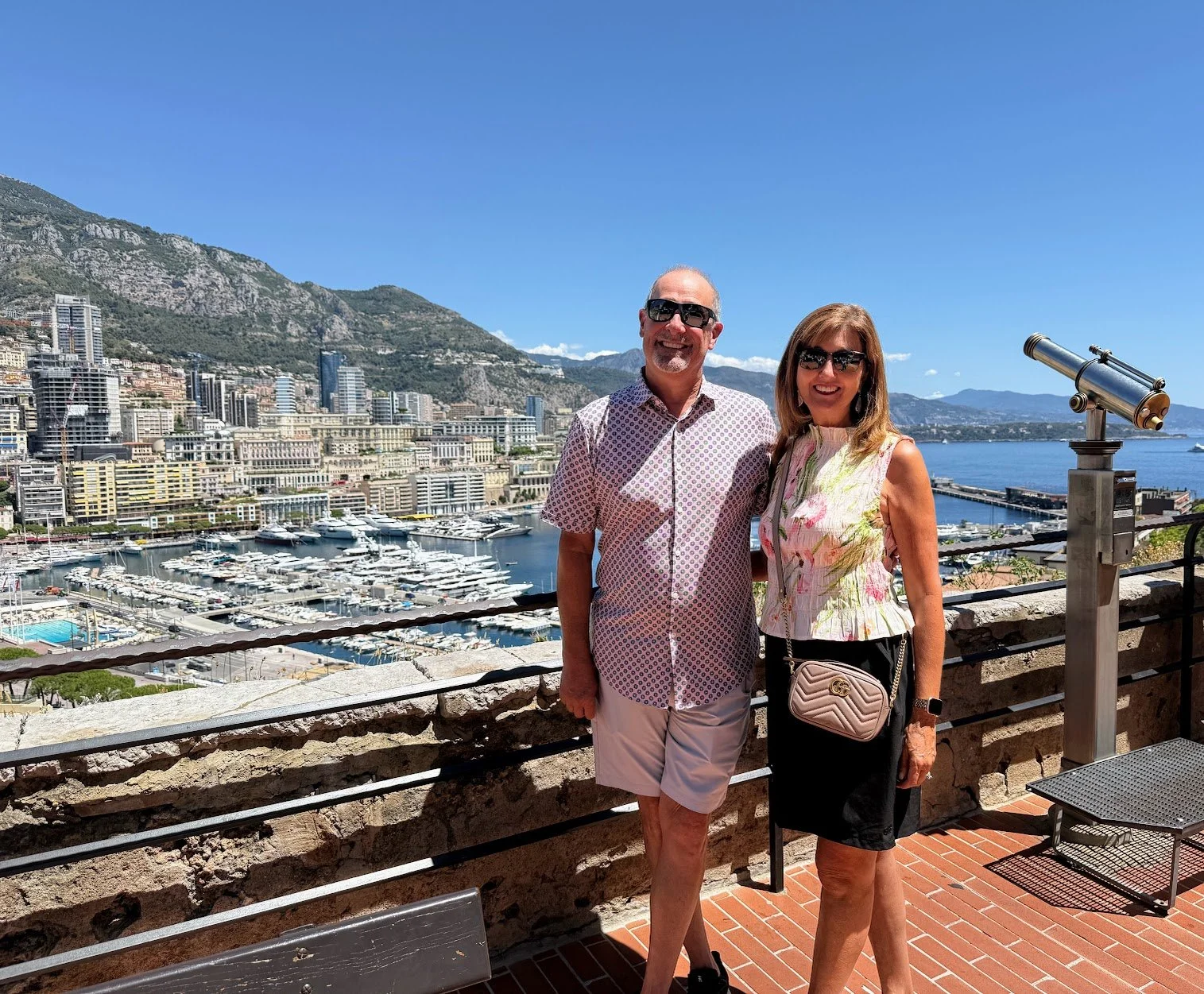





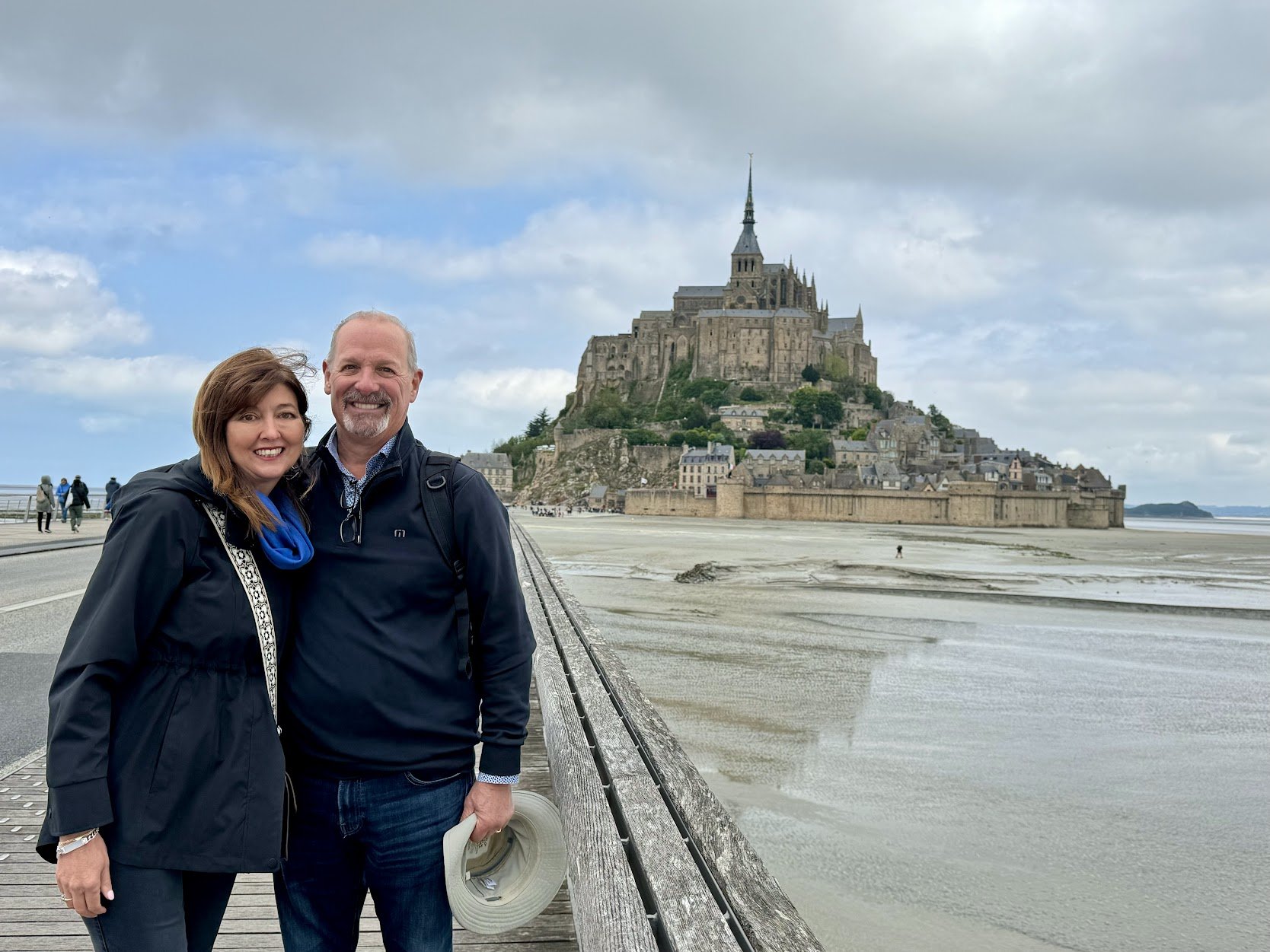



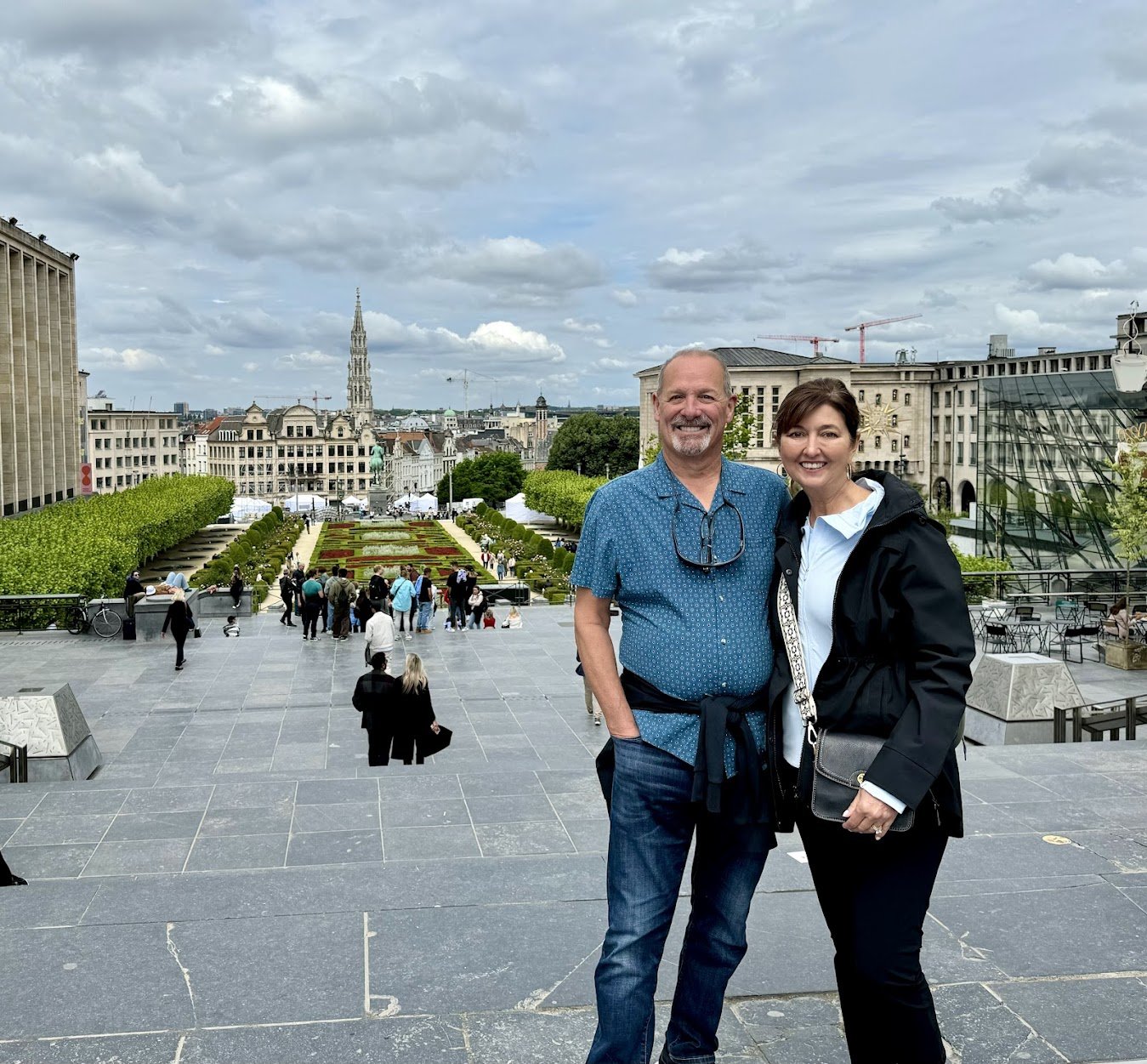
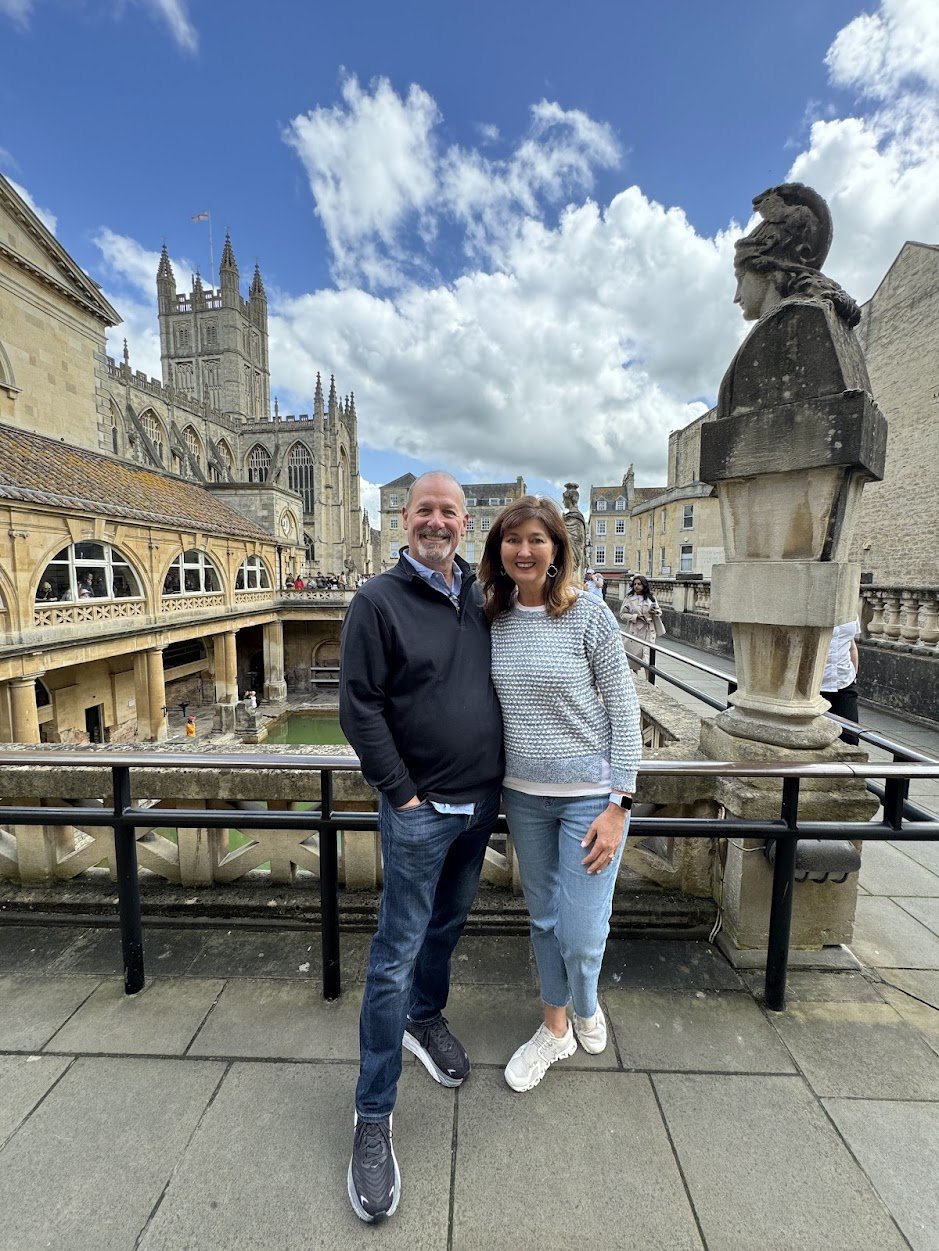
Neuschwanstein a fairy-tale castle, and a view worth the climb.